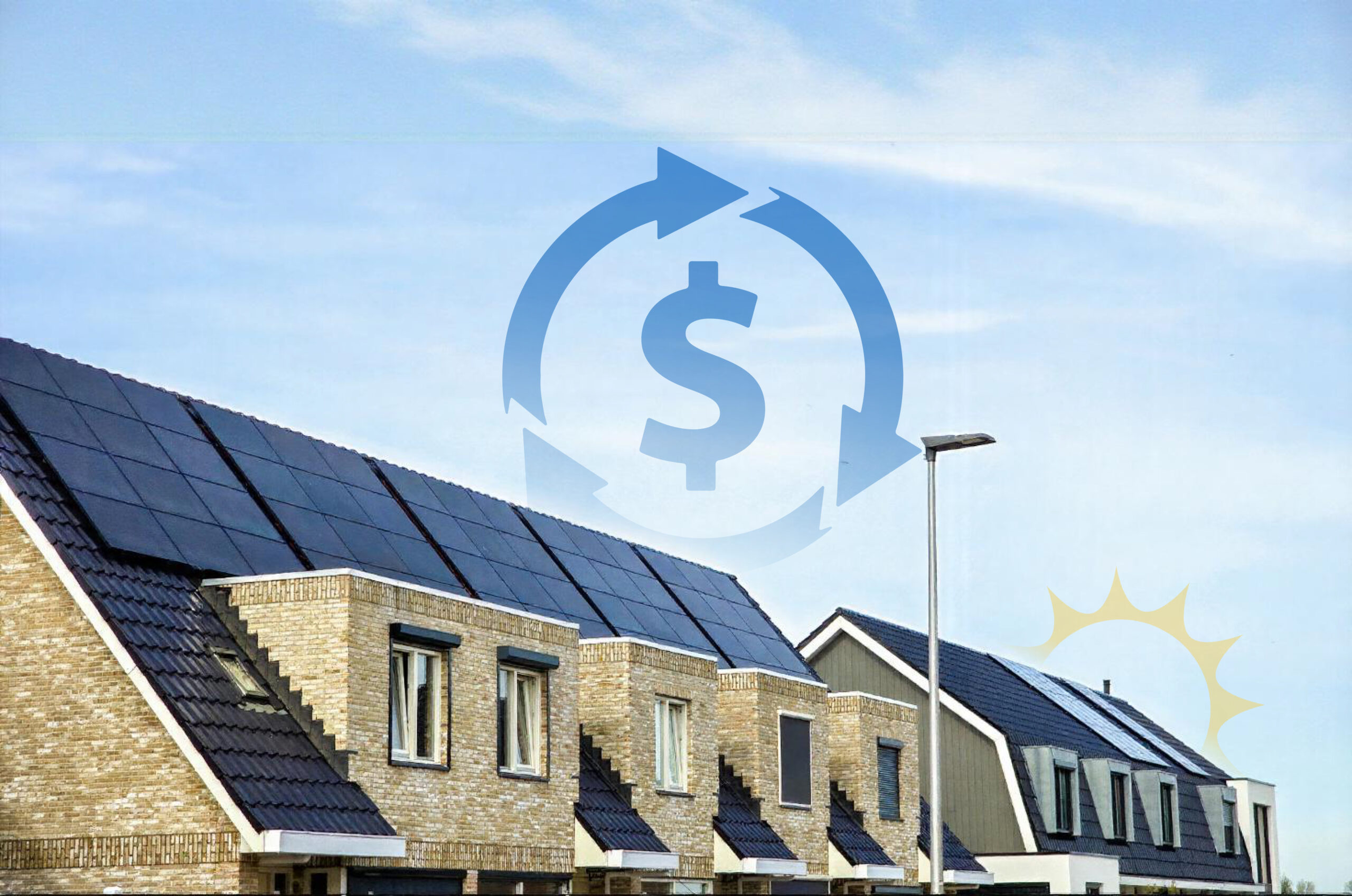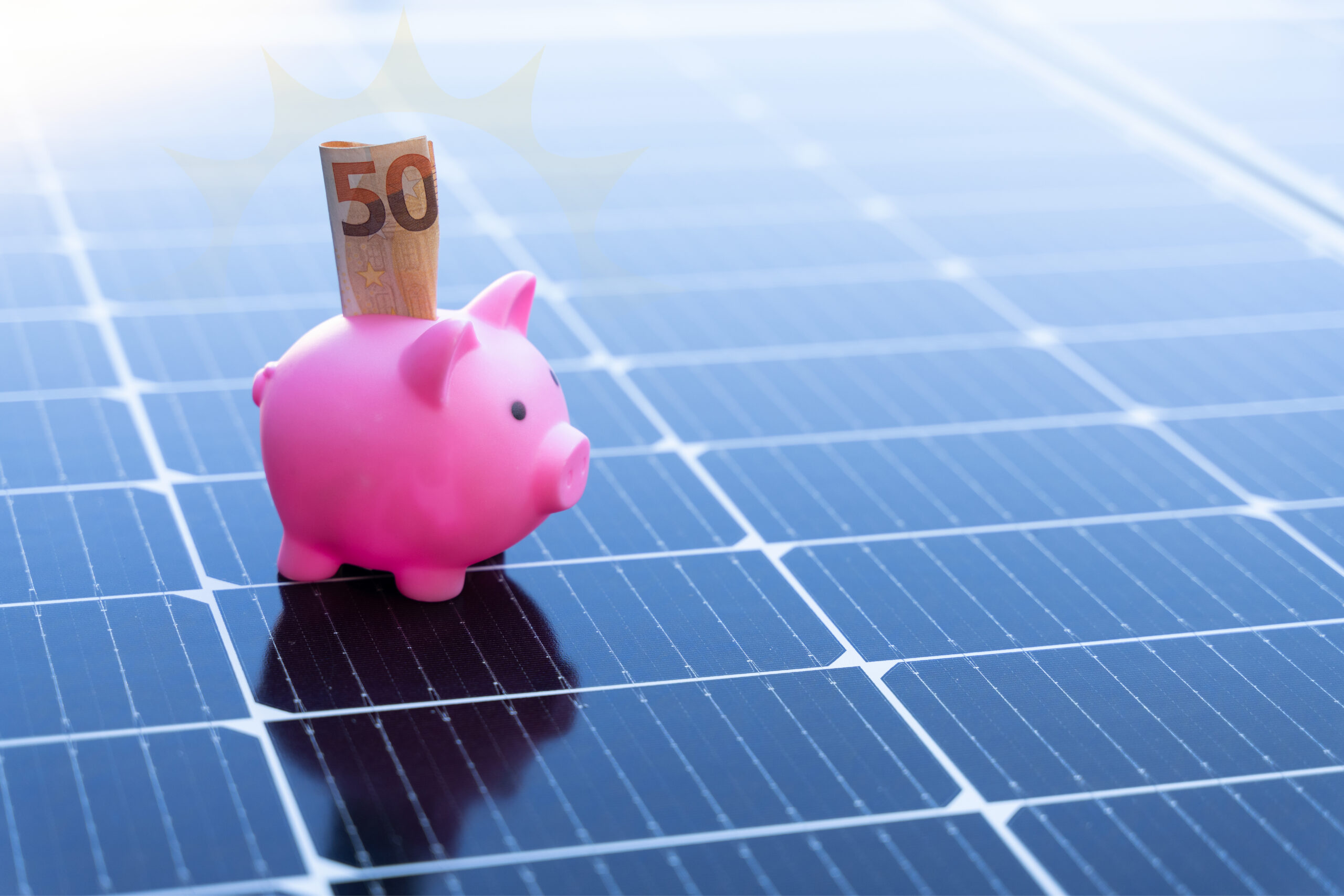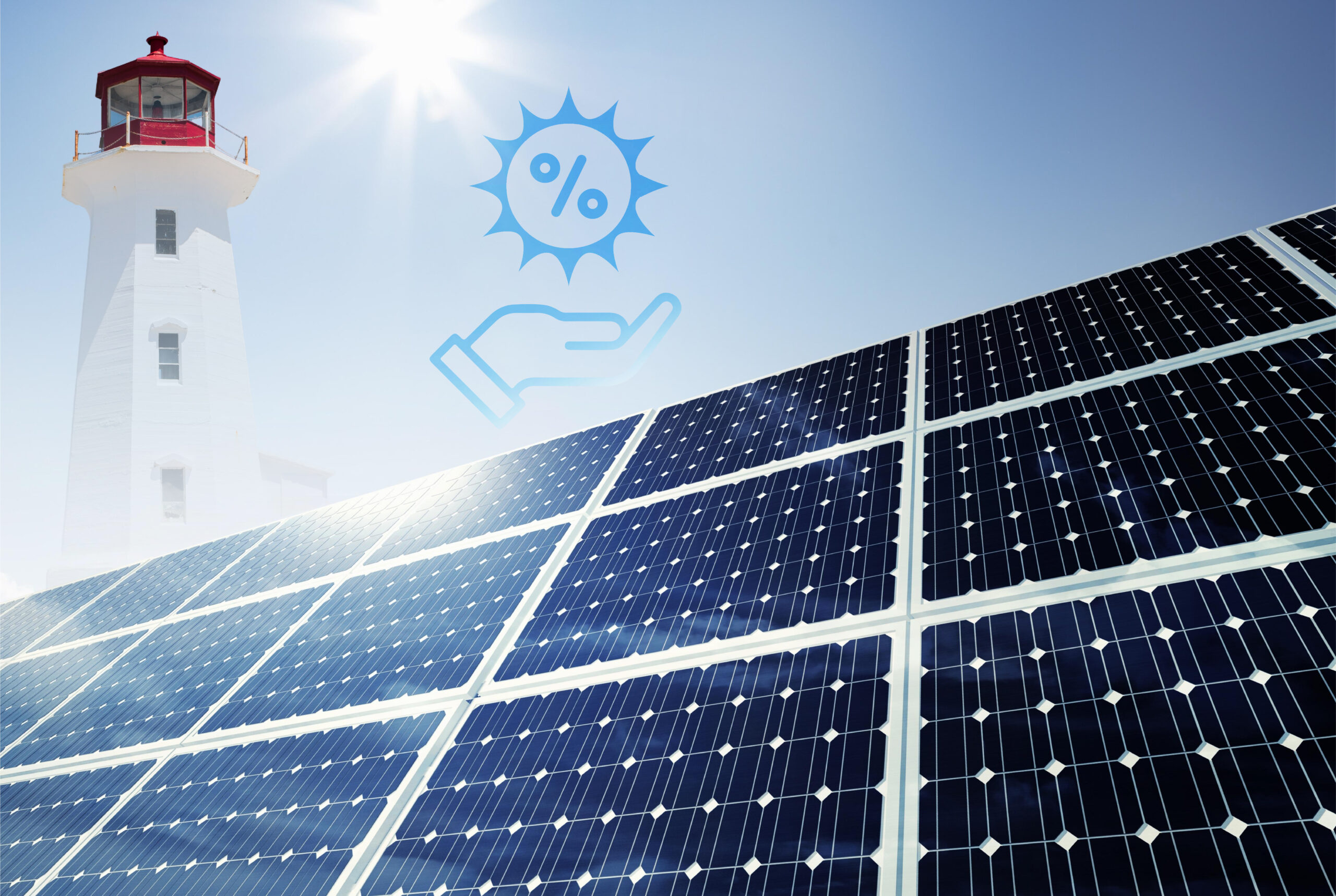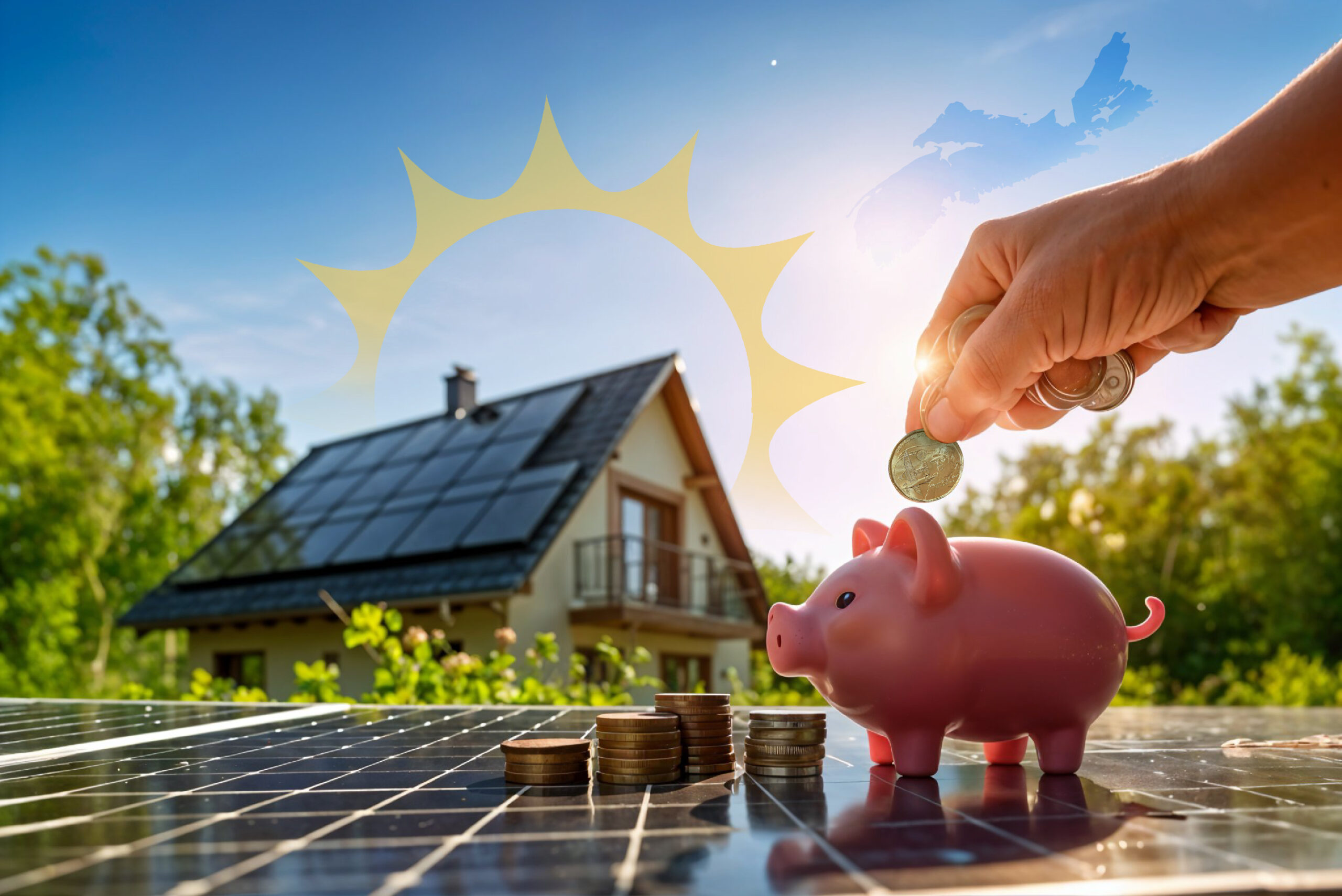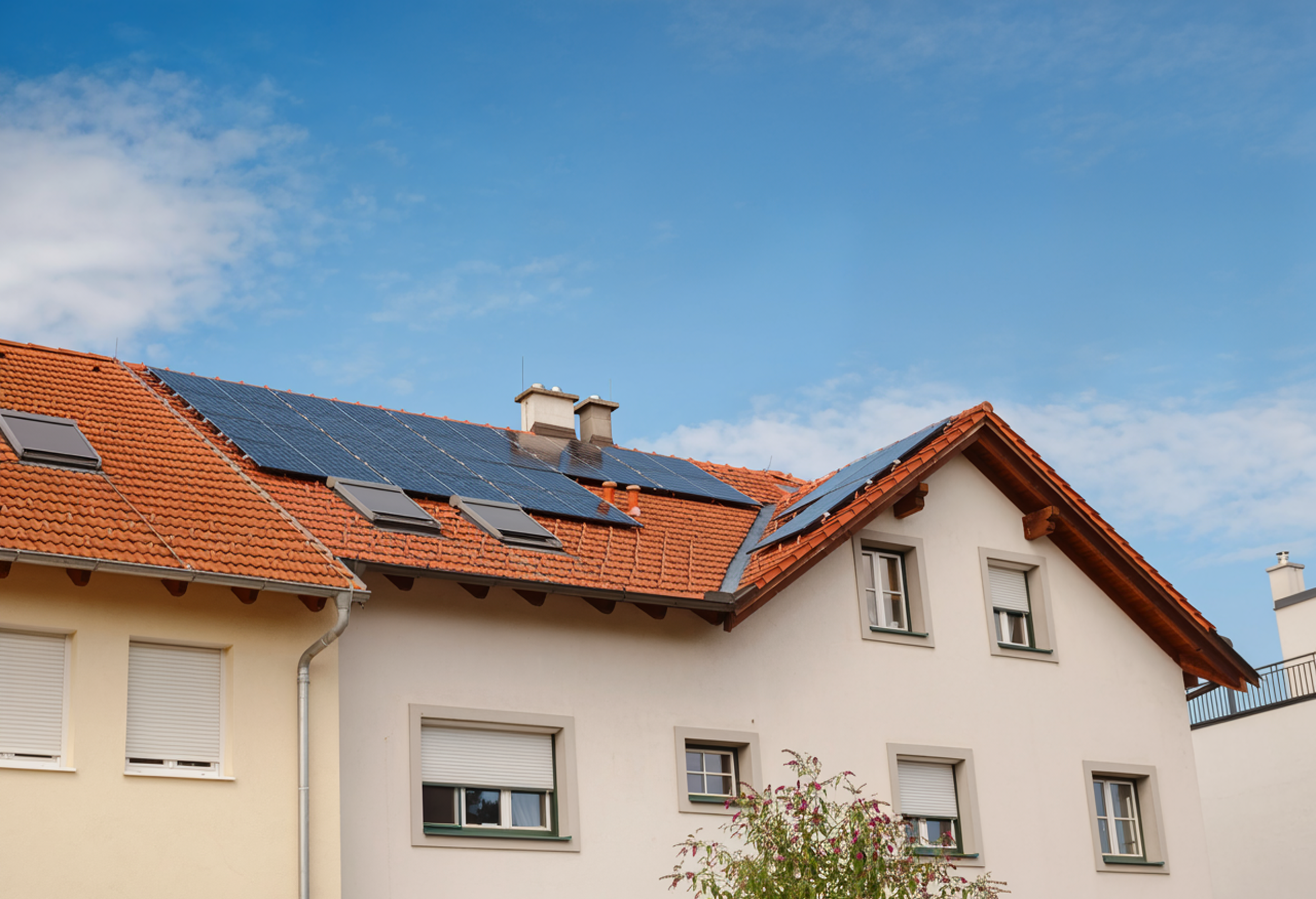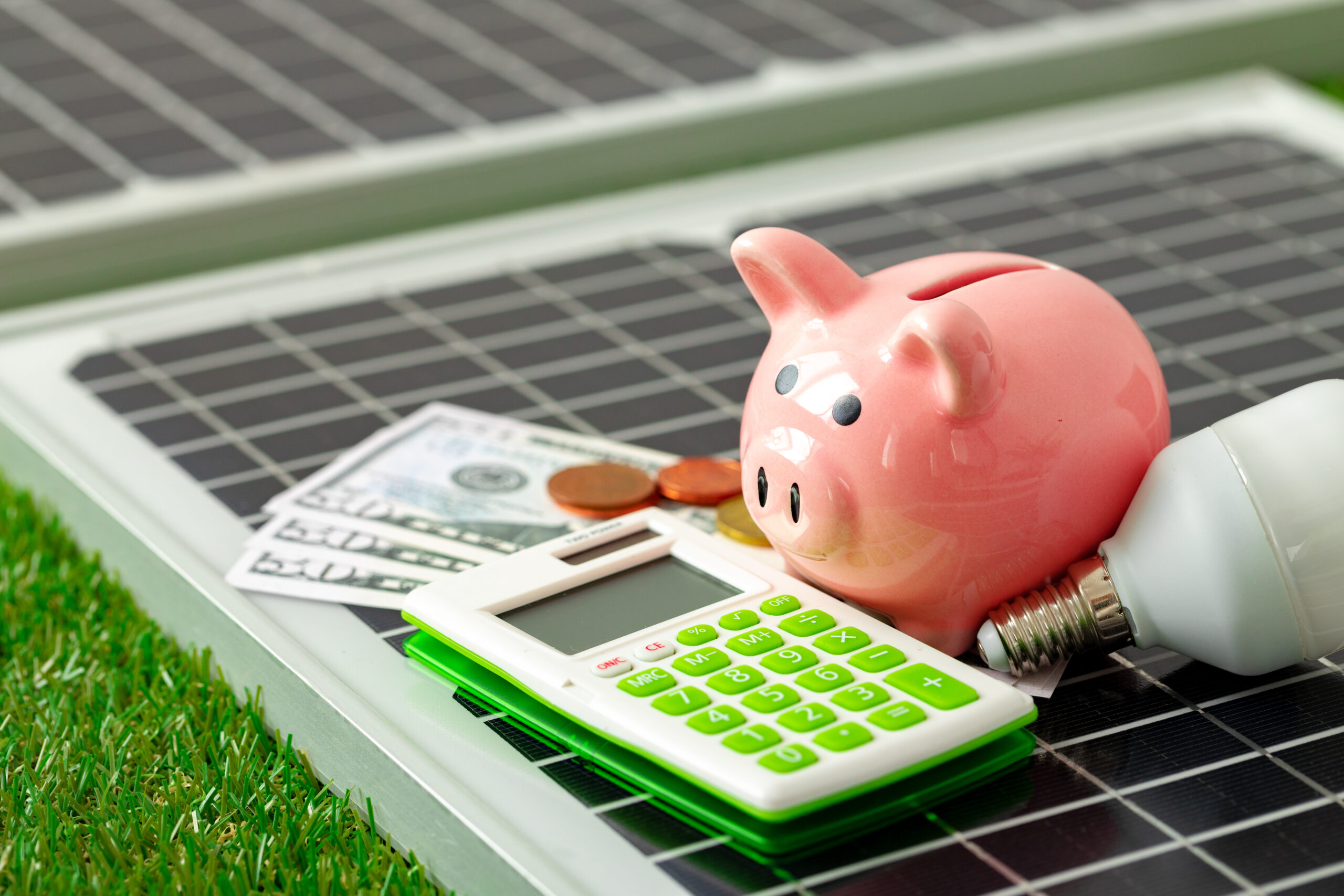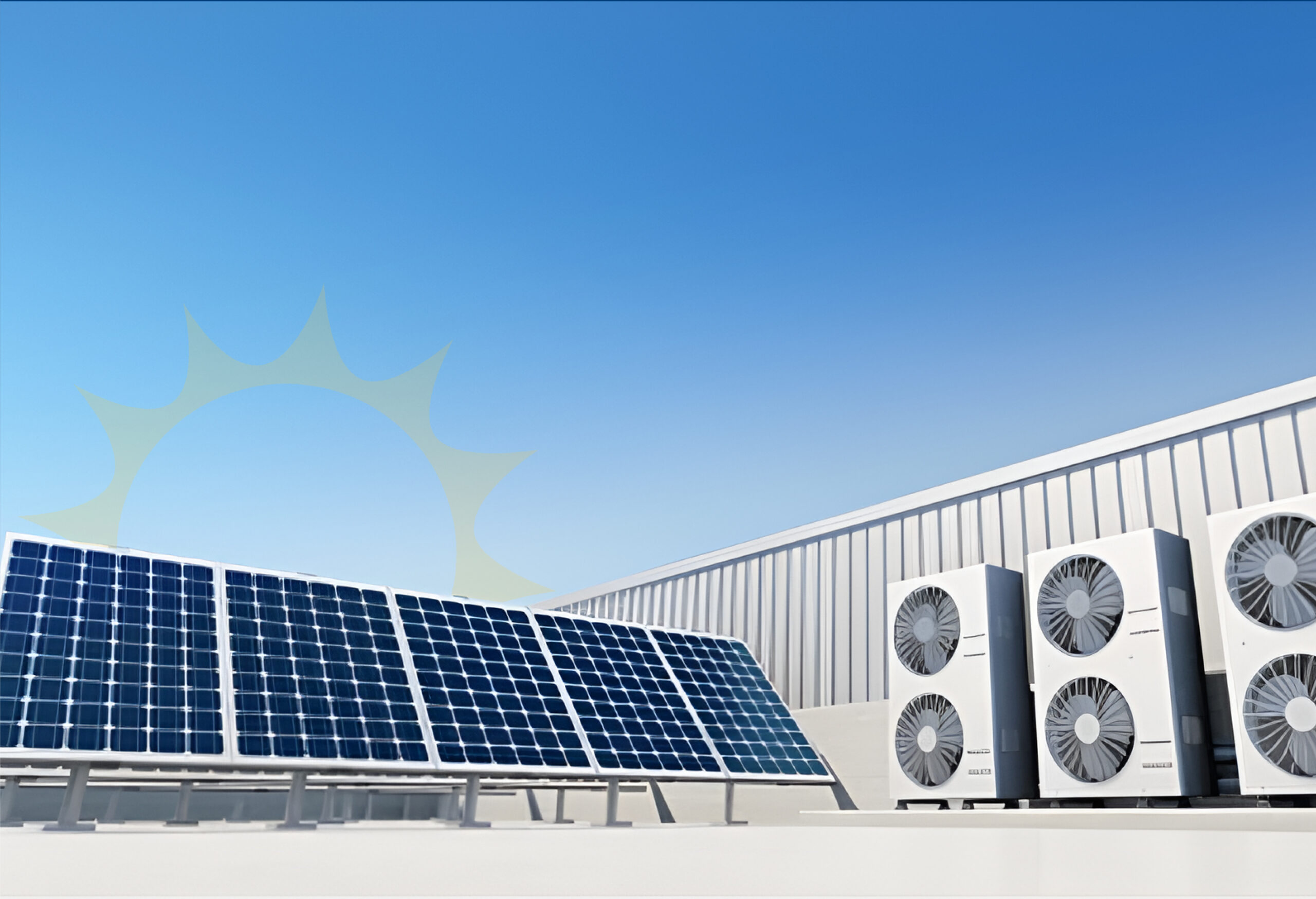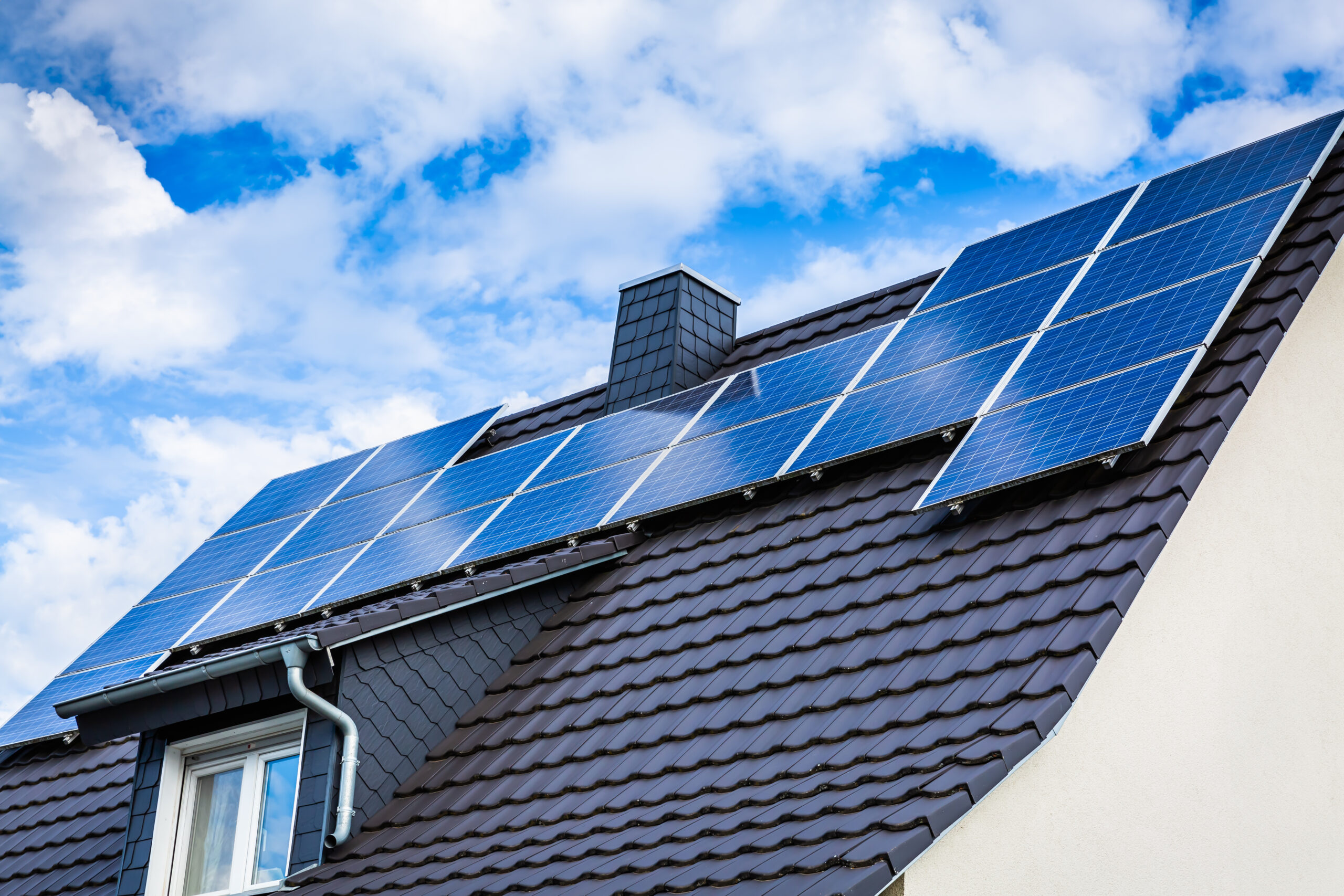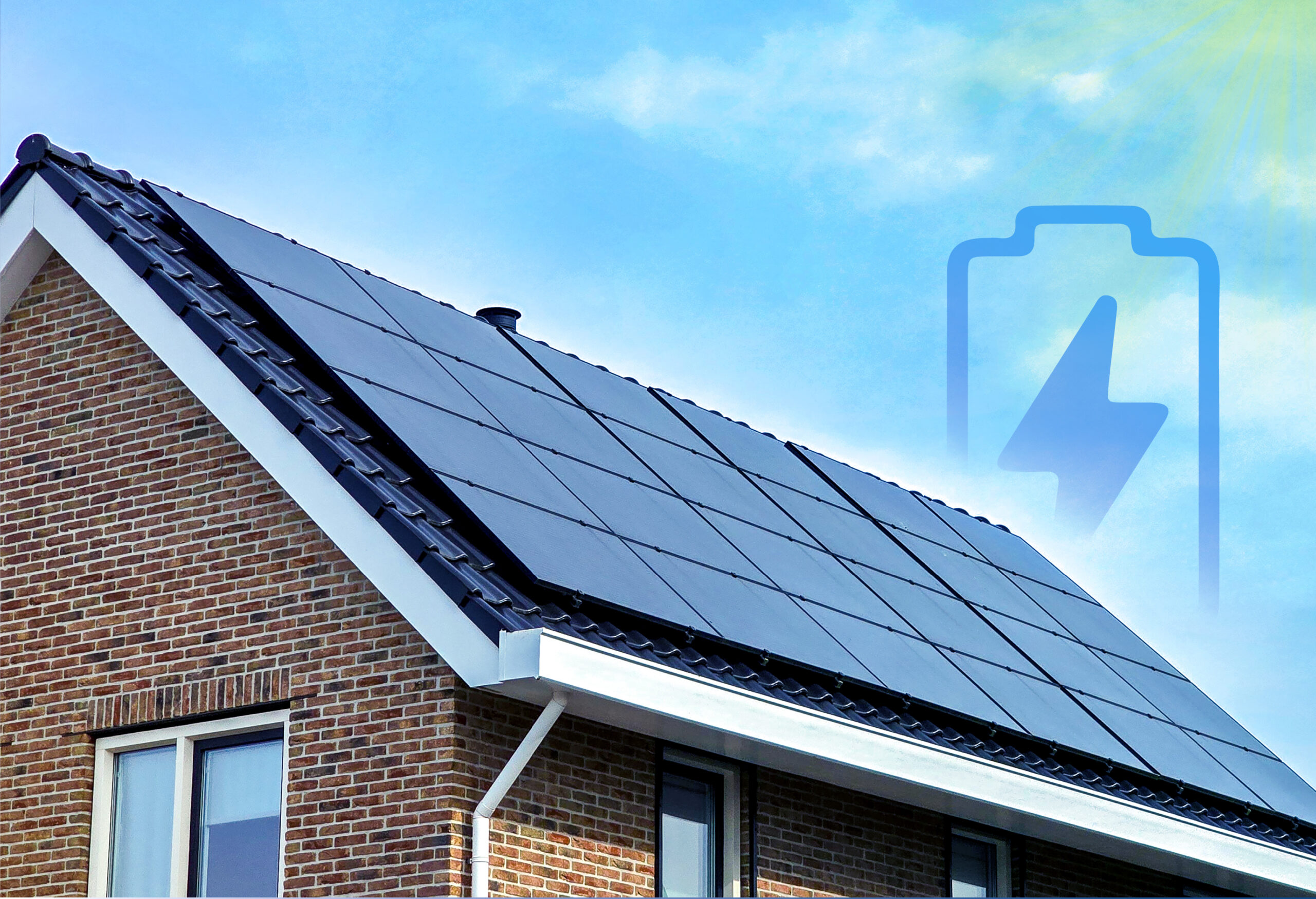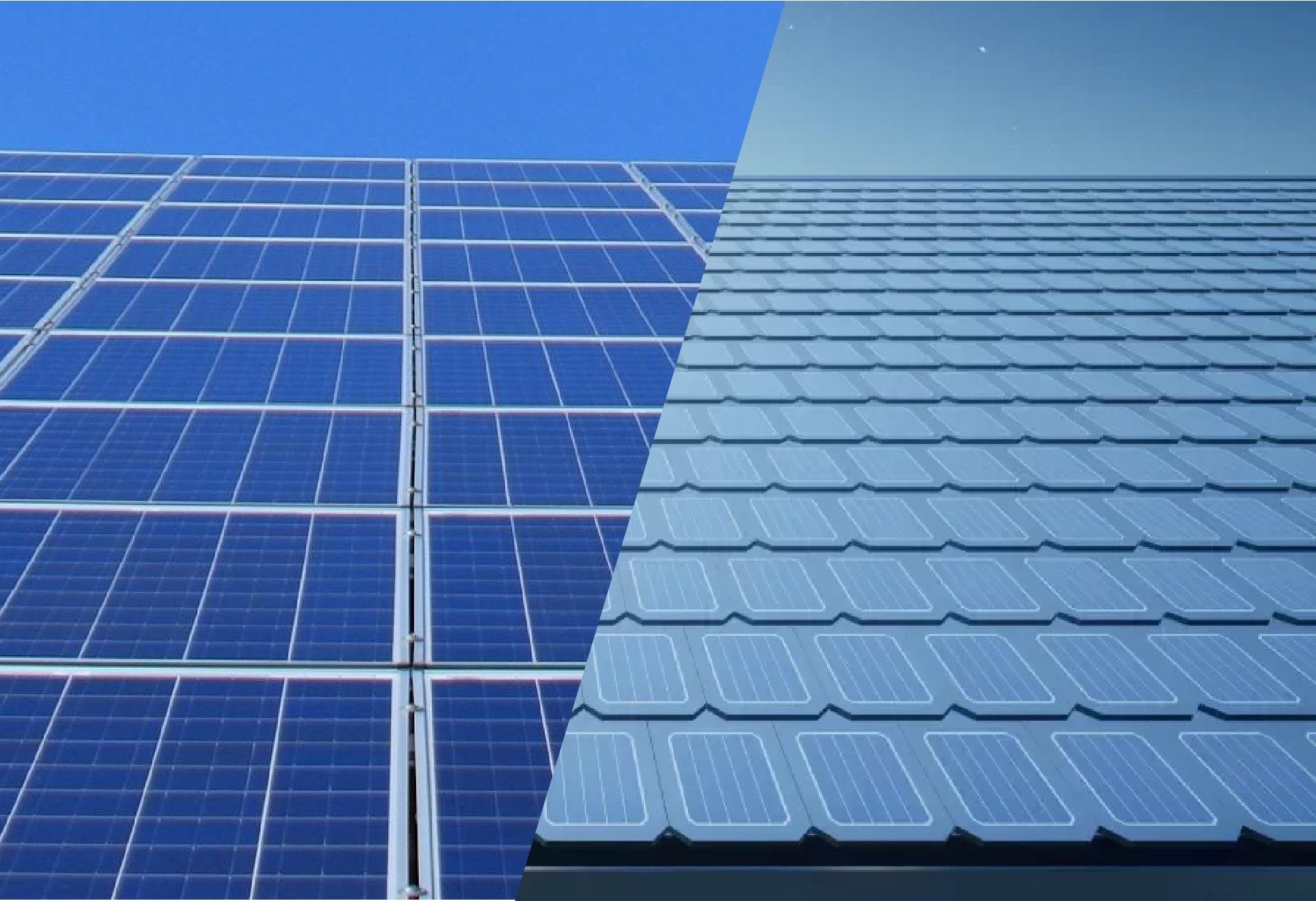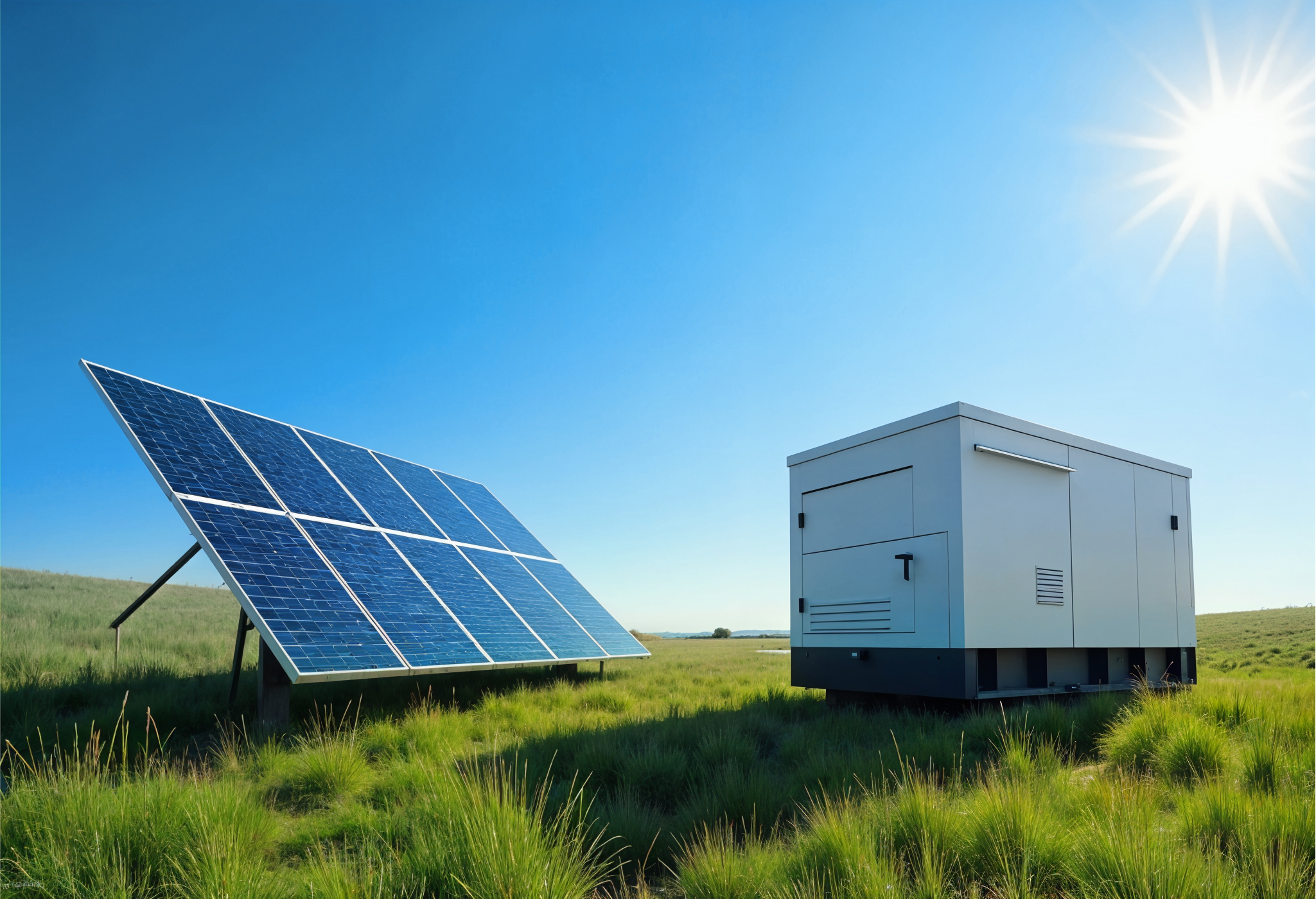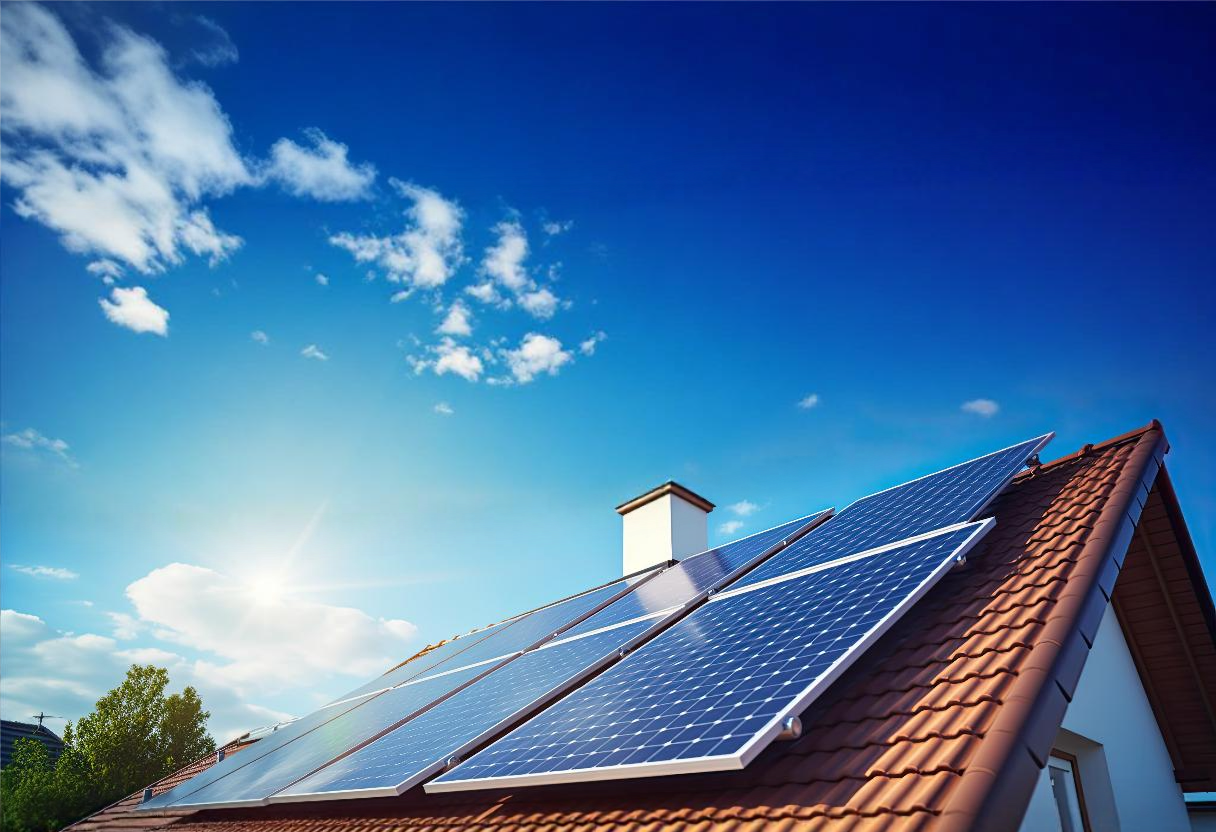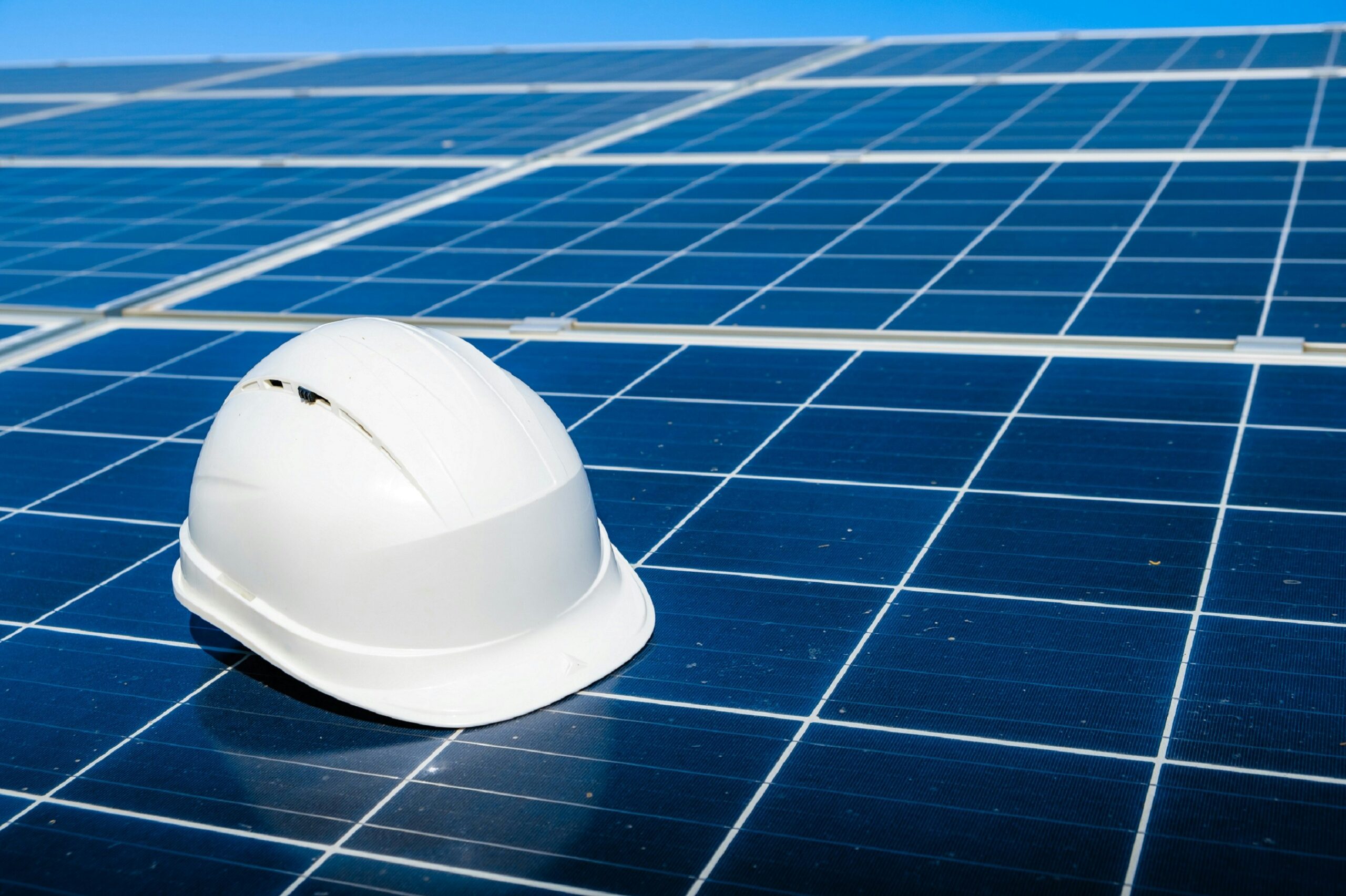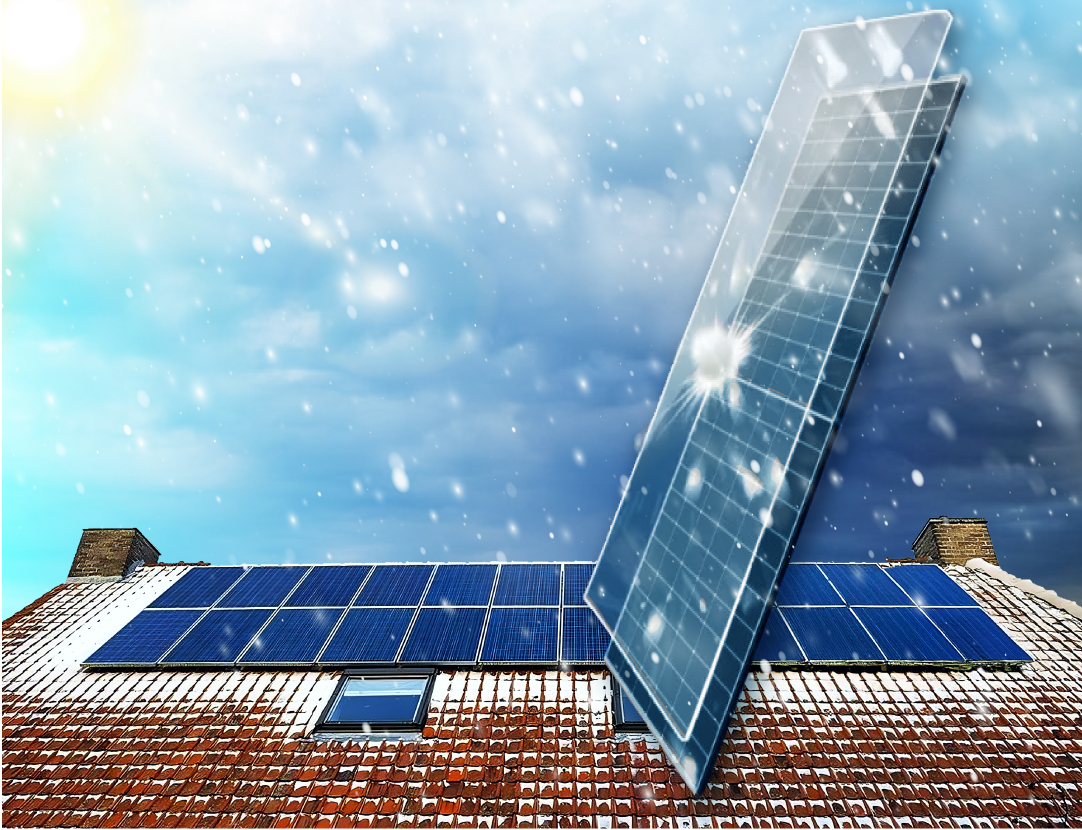Author: Mariela Guanchez
Solar ROI can start with the smallest moments. Sipping my morning coffee in Halifax, meanwhile, I watched my inverter app tick upward—2 kWh before 9 a.m. Not bad for early spring. In short, this real‑time readout shows how fast solid Solar ROI can materialise when sun and strategy align in Nova Scotia. Clearly, moments like that remind me how quickly Solar ROI can add up when a well‑planned solar array pays you back here in Nova Scotia. However, not every system performs equally.
In this deep dive, I’ll unpack six proven tactics that shorten your payback period, inflate lifetime savings, and keep your green investment running smoothly for decades.
Quick takeaway: Most Nova Scotian homeowners can hit break‑even in 7–10 years. Apply the six strategies below and, as a result, you may have 12–24 months off that timeline.
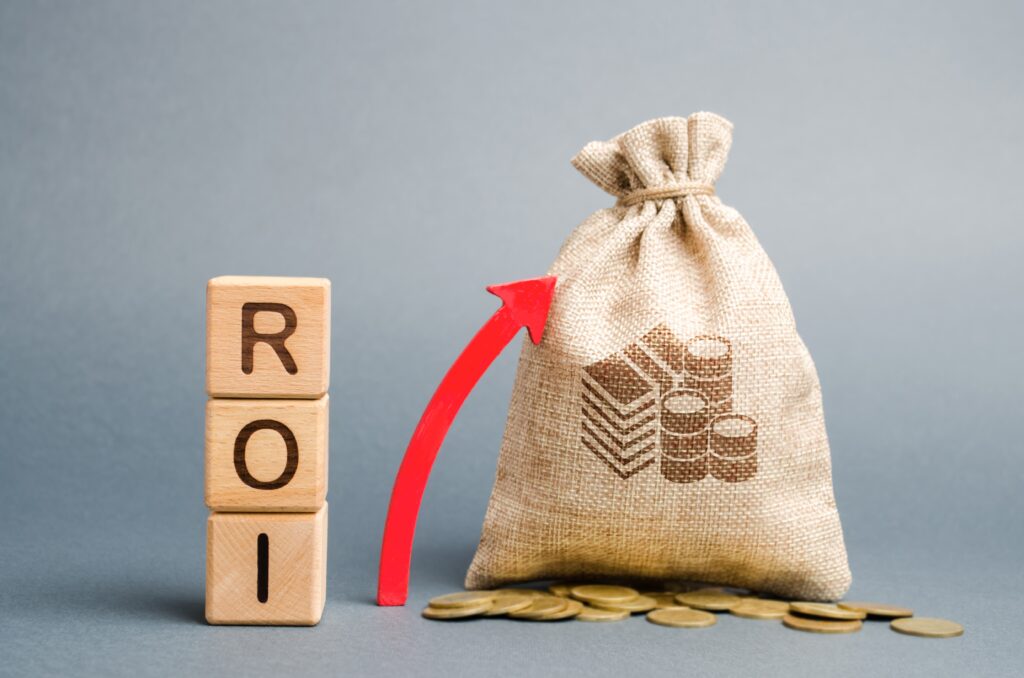
1 | Nail the Right System Size for Maximum Solar ROI
Why it matters: Additionally, every extra kilowatt you install adds roughly $2 500–$3 000 to your invoice. Overshoot by 20 % and you delay payback; undershoot and you leave money on the table.
How to Calculate Your Solar ROI Sweet Spot
- First, pull 12 months of bills and total your kWh usage. (NS Power makes this easy through their online portal.)
Next, adjust for future loads. Planning a heat pump or EV within three years? Add 2 000–3 000 kWh per device to your annual baseline.
Then, divide by 1 150. Nova Scotia averages ~1 150 kWh of solar production per installed kW (south‑facing, 35° tilt). The result ≈ system size in kW.
- Example: 9 500 kWh annual use ÷ 1 150 = 8.3 kW system. Round to 8.5 kW to cover growth.
💡 Pro tip: Aim to offset 80–100 % of your annual usage. Going beyond 100 % often pushes ROI down because exported surplus credits reset to zero every March.
2 | Capture Every Dollar of Incentive Funding
2025 line‑up
| Program | Max Value | Effect on Payback |
| Canada Greener Homes Loan | Up to $40 000 @ 0 % / 10 yrs | Converts cash purchase into bill‑neutral financing |
| Net‑Metering Credits | 1 : 1 retail rate | Offsets winter usage with summer surplus |
Nevertheless, the former SolarHomes rebate has ended; nonetheless, homeowners can still slash payback by layering the 0 % Greener Homes Loan with municipal PACE financing.
See our complete walkthrough → 2025 Solar Rebates in Nova Scotia.
3 | Exploit Net‑Metering’s 1 : 1 Credit Cycle to Boost Solar ROI
Consequently, Net‑metering lets your meter run backward mid‑summer and forward in snowy January—with full retail credit on each kWh. But timing matters:
- Commission before June. Summer surplus banks credits for the first winter, protecting cash‑flow from day one.
- Monitor credit burn. If credits hit zero by February, consider minor efficiency tweaks (LEDs, smart thermostat) to rebalance.
- Grandfather clause. Lock‑in today’s favourable terms; future policy tweaks won’t affect existing contracts.
Deep dive numbers → Solar Payback in Nova Scotia.
4 | Trim “Phantom” Loads for Instant Solar ROI Boost
For instance, a forgotten beer fridge can chew 300 kWh/yr, equal to $55 in today’s rates—or $1 600 over 25 years. Accordingly, do a weekend power audit:
Unplug rarely used appliances.
Swap top‑two lighting circuits to LEDs (saves 400 kWh/yr).
Install a $30 smart plug on your entertainment center to auto‑kill standby current.
Furthermore, the total cost: ~$120. Lifetime savings: $3 000+—essentially “free money” that also downsizes your array cost.
5 | Choose Hardware Built for Maritime Weather
Additionally, coastal gusts and salt spray demand robust specs:
Wind rating ≥ 225 km/h for racking (CSA A440 compliant).
Bifacial or high‑eff mono panels with PID‑free coating to resist salt corrosion.
10‑yr labour + 25‑yr product warranty on panels and inverter.
Consequently, the JA Solar DeepBlue 4.0 line ticks all boxes and holds its value on resale.
6 | Monitor, Maintain, and Act Fast to Safeguard Your Solar ROI
Monthly 5‑minute routine
To begin, open the inverter app → ensure daily production >70 % of forecast.
Then, perform a visual roof scan—look for debris or dislodged snow.
Annual tune‑up checklist
String‑level IV curve test (installer).
Second, re‑torque roof attachments.
Finally, carry out the firmware update on the hybrid inverter.
Case study: A Dartmouth homeowner noticed a 22 % dip via his app. The culprit? A failed optimiser. Replaced under warranty within one week, saving $180 in lost credits.
Putting It All Together: Projected Solar ROI Timeline
| Step | Payback Saved |
| Sizing 80–100 % | 6 months |
| 0 % loan | 12 months |
| Summer commissioning | 4 months |
| Phantom‑load cuts | 3 months |
| Pro monitoring | 2 months |
| Total Improvement | ~2.1 years |
Overall, a system originally pencilled at 10 yrs payback can shrink to <8 yrs—and every year afterward is pure margin.
Ready for Your Free ROI Snapshot?
Importantly, it takes 90 seconds to upload your last bill and roof photo. We’ll crunch the numbers and email your customised ROI report—including rebate amounts and break‑even year

